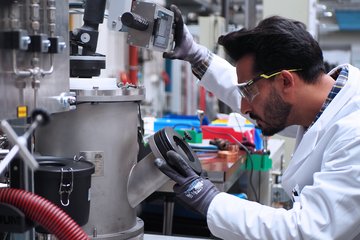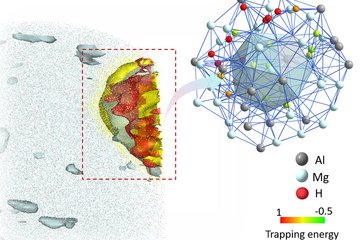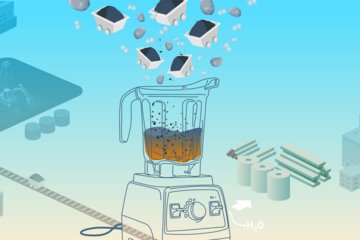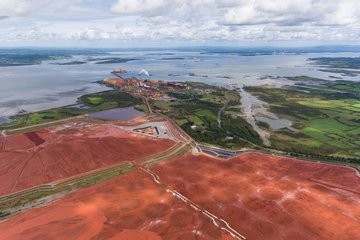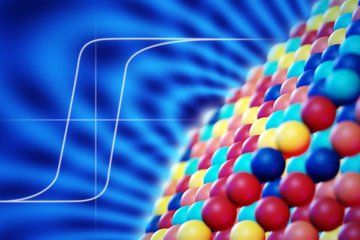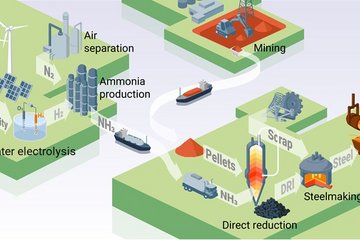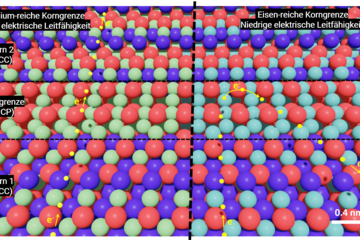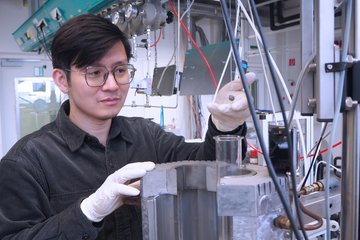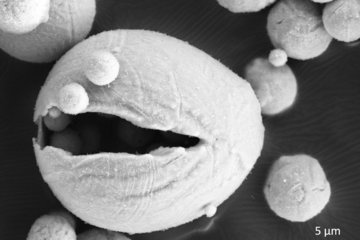Alle Typen
621.
Vortrag
“Mechanical microscopy”: Resolving the mechanical behavior and underlying mechanisms of materials with high spatial resolution. The 18th Israel Materials Engineering Conference (IMEC-18), Dead Sea, Israel (2018)
622.
Vortrag
Differences in dislocation source activation stress in the grain interior and at twin boundaries using nanoindentation. Nanobruecken 2018, Erlangen, Germany (2018)
623.
Vortrag
Dislocation – grain boundary interactions: Insights and challenges from micromechanical testing. 3rd Schöntal Symposium on Dislocation- based Plasticity (DFG Forschergruppe FOR 1650), Schöntal, Germany (2018)
624.
Vortrag
Towards ultra-strong alloys: thermal stability and diffusion kinetics of thin films by in-situ TEM. CALPHAD XLVII Conference, International Conference on Computer Coupling of Phase Diagrams and Thermochemistry, Querétaro, Mexico (2018)
625.
Vortrag
First results on phase stability, microstructure and thermomechanical behavior of CrFeCoNi thin films. Seminar at Eric Schmid Institute, Leoben, Austria (2018)
626.
Vortrag
Composition Dependence of Hardness and Strength of Cubic and Hexagonal NbCo2 Laves Phases. DGM Fachausschuss Intermetallische Phasen (FA‐IP), Max-Planck-Institut für Eisenforschung GmbH, Düsseldorf, Germany (2018)
627.
Vortrag
Combining high strength and moderate ductility in a novel ceramic coating: A combined ab initio and micromechanical study on Mo2BC. Conference on Electronic and Advanced Materials, EAM 2018, Orlando, FL, USA (2018)
628.
Vortrag
Aktuelle Einblicke in den Nanokosmos von Werkstoffen. Physikalisches Kolloquium, Bergische Universität Wuppertal, Wuppertal, Germany (2017)
629.
Vortrag
Dislocation interaction and twinning-induced plasticity in face-centered cubic Fe–Mn–C micro-pillars. MRS Fall Meeting , Boston, MA, USA (2017)
630.
Vortrag
Dislocation interaction and twinning-induced plasticity in face-centered cubic Fe–Mn–C micro-pillars. MECANO General Meeting, Toulouse, France (2017)
631.
Vortrag
Where does the carbon atom go in steel? – Insights gained by correlative transmission electron microscopy and atom probe tomography. International Symposium on Steel Science 2017, Kyoto, Japan (2017)
632.
Vortrag
Quantifying dislocation slip transfer by in situ micromechanics. MRS Fall Meeting 2017, Boston, MA, USA (2017)
633.
Vortrag
Evolution of faceted voids and fingering instabilities in a model thin film system - Insights by in-situ environmental scanning electron microscopy. Symposium - In situ Microscopy with Electrons, X‐rays and Scanning Probes, Universität Erlangen‐Nürnberg, Erlangen, Germany (2017)
634.
Vortrag
Using simulations to investigate the apparent fracture toughness of microcantilevers. Nanomechanical Testing in Materials Research and Development VI, Dubrovnik, Croatia (2017)
635.
Vortrag
Ag segregation induced nanofaceting of an asymmetric tilt grain boundary in copper. MS&T17, Materials Science & Technology, Pittsburgh, PA, USA (2017)
636.
Vortrag
Setup of a microscale high temperature loading rig for micro-fracture mechanics. Euromat 2017, Thessaloniki, Greece (2017)
637.
Vortrag
In-situ electron microscopy: Insights in solid state dewetting of epitaxial Al thin films on sapphire. 13th Multinational Congress on Microscopy, Rovinj, Croatia (2017)
638.
Vortrag
In-situ electron microscopy: Insights in solid state dewetting of epitaxial Al thin films on sapphire. Microscopy Conference 2017 – Dreiländertagung (MC 2017), Lausanne, Switzerland (2017)
639.
Vortrag
Atomic structure of a novel hard coating – transmission electron microscopy study of Mo2BC. Microscopy Conference 2017, Lausanne, Switzerland (2017)
640.
Vortrag
In situ small scale fracture experiments. RQ16, Microstructural Kinetics Group, Department of Materials Science & Metallurgy, Leoben, Austria (2017)
